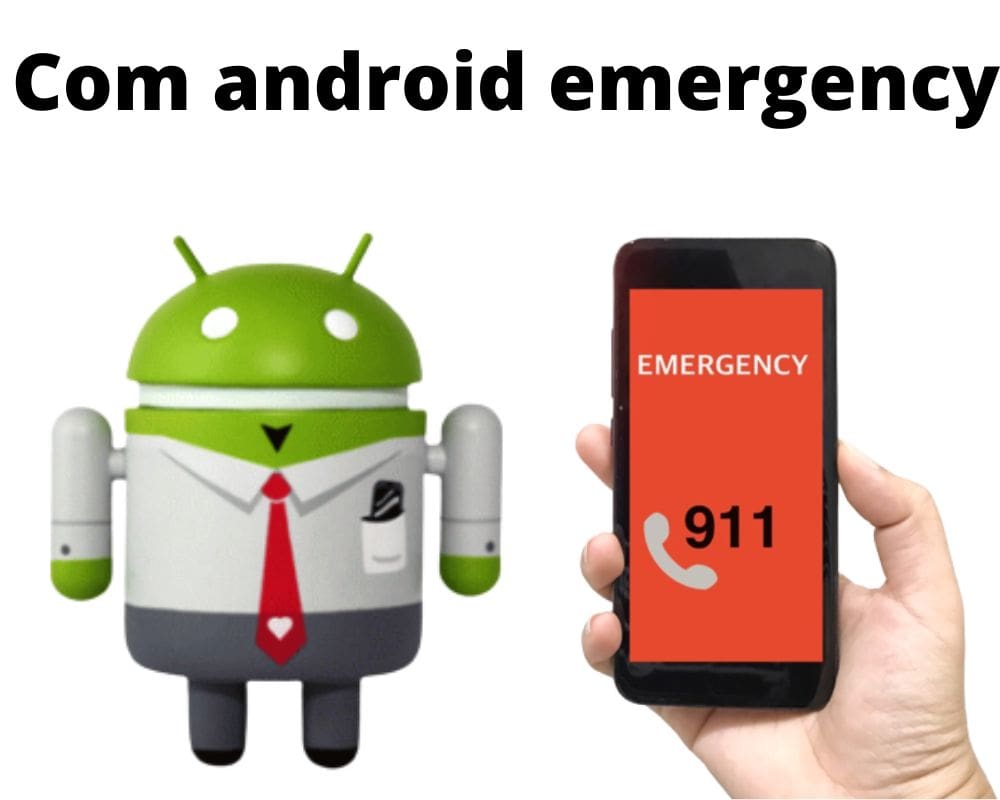Your phone sounds an alarm — but you didn’t press call.
You’re mid-conversation, screen off, when a siren cuts through the silence. You glance down and it’s flashing Emergency SOS. Before you touch anything, it sends your location and displays your medical info. Hours later, you check your system logs. One name repeats: com.android.emergency.
It didn’t ask permission. It didn’t need to. Android treats this package as a last-resort failsafe — the thing that moves when you can’t.
What is com.android.emergency
com.android.emergency is the backend controller for Android’s emergency safety system. It handles Emergency SOS activation, lockscreen emergency dial access, emergency contact notifications, and live location dispatch through ELS (Emergency Location Service). It’s triggered by physical gestures like five rapid presses on the power button or direct access to the emergency dialer from a locked state. No launcher icon, no visible app — it runs through system-level intent receivers, not interfaces.
Once activated, it launches a countdown, sounds an alarm (or silently calls, depending on your settings), shows your emergency medical info, and can auto-dial 911 or its equivalent in your region. On devices where regional support is active, it may also enable Earthquake Alerts or vendor-specific modes like Samsung’s Emergency Mode. The behavior isn’t cosmetic — it bypasses UI locks and hooks directly into Android’s EmergencyAffordanceManager to execute without needing user confirmation.
Is It Safe or Tracking You?
This service doesn’t run in the background. It doesn’t poll GPS. It can’t be triggered without a user-defined emergency gesture or number. It’s signed by Google and built into AOSP. That means it doesn’t ship with ad SDKs, carrier bloat, or third-party integrations. There’s no analytics layer, no unauthorized network activity, and no hidden app permissions.
When Emergency Location Service is enabled, the device calculates your position using the Fused Location Provider — combining GPS, Wi-Fi, Bluetooth, and cell data. This calculation happens locally, without routing through Google servers. Once processed, the payload is encrypted and transmitted directly to government-certified endpoints via HTTPS or SMS. The entire flow happens during active SOS — it’s not persistent or stealth.
If you’ve never set up your emergency info, it sends only what Android can detect: location, language, and dialer metadata. Nothing else. If ELS is off, that location payload isn’t sent. The service honors every user toggle and never circumvents it.
Can You Disable com.android.emergency?
You won’t find an off switch in Settings. Android doesn’t expose this component to user-level toggles. But it’s still removable with ADB or a trusted debloater tool. The correct ADB command is:
pm disable-user --user 0 com.android.emergency
Disclaimer: ADB commands carry risk. A typo in the package name or the wrong flag can disable critical system functions. Always double-check the syntax, and only run commands you fully understand.
Disabling this won’t brick your phone. But it removes Emergency SOS entirely — including the power-button trigger, lockscreen medical info, and automatic location dispatch. The emergency dialer shortcut on the lockscreen may stop working, depending on your device. ELS will no longer activate behind the dialer. That’s not a tweak — it’s a full cut-off of Android’s built-in safety chain.
Still, there are valid cases for disabling it. Samsung and Pixel users frequently report false SOS activations — usually triggered by accidental button presses, hard case presses, or call hang-up confusion. Some users have reported battery drain from the EmergencyInfoService process — visible in battery usage stats without any user-initiated activation.
More technical users have seen persistent entries in logcat tied to PowerButtonReceiver, even when SOS wasn’t triggered. If your device is misfiring — sending alerts, draining battery, or logging triggers outside your control — and you’ve already tried disabling gestures or alerts under Safety & Emergency, then removing this package becomes a practical fix.
Final Take
You can live without com.android.emergency. Your phone will still call, text, and run apps like nothing changed. But that’s only half the story. When you’re locked out, injured, or unconscious, there’s no second chance to configure a setting. No time to find the dialer. This isn’t bloat — it’s a last resort that fires in your worst-case moment.
If you remove it, do it because you’ve seen the logs, checked the stats, and made an informed call — not because it “feels useless.” Because if it ever worked once, it meant you didn’t have to.
Related articles:

